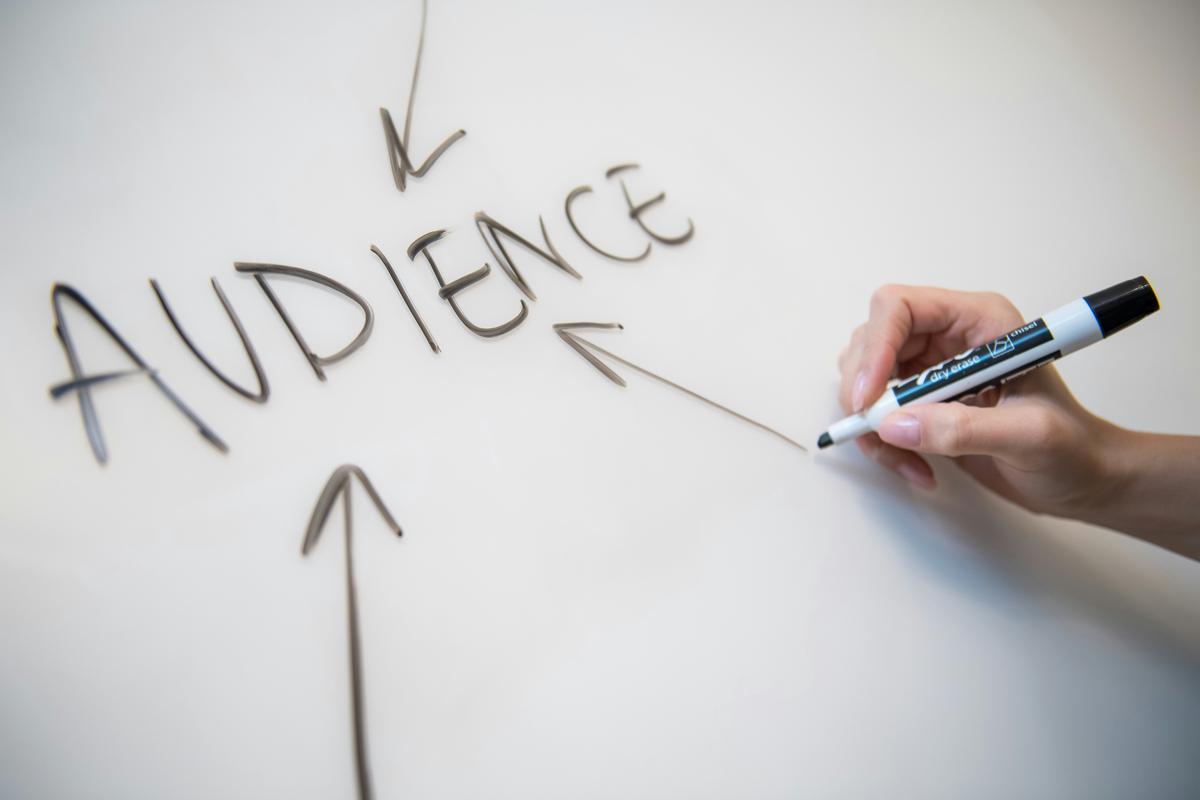Contents
Understanding Motivation
In the grand scheme of marketing, understanding the “why” behind a consumer’s decision plays a crucial role. What exactly triggers the purchase? Why do consumers favor certain products over others? These are vital questions that underline one central concept: consumer motivation.
Defining Motivation in Consumer Behavior
To put it in the simplest possible terms, motivation in consumer behavior is what drives a customer to seek, select, and purchase a particular product or service.
It’s the spark, that kick-starting energy that nudges them toward a decision. Needless to say, this motivation varies from person to person and there’s an array of factors that influence this.
Factors that Influence Consumer Motivation
Touching on the factors that influence consumer motivation is essential to comprehending the concept. Here are some key influencing aspects:
- Needs and Wants: Basically, the urgency and desire for a product or service trigger the motivation to purchase. This ranges from basic survival needs to more complex desires.
- Preferences: A consumer’s subjective likes and dislikes come into play, often influenced by personal experiences or information gathered over time.
- Social Influence: Consumers are also motivated by societal norms, peer pressure, and trends that permeate through social circles.
The Why’s of Motivation
Understanding what drives a consumer’s decision is great, but how about understanding ‘why’? Here’s where consumer psychology steps in. Unraveling the ‘why’ behind a purchase decision can be related back to two basic types of motivation: intrinsic and extrinsic.
Intrinsic Motivation: Here, the motivation comes from within, driven by personal interests or sheer enjoyment. For instance, a person might be keen on purchasing a painting because they genuinely appreciate art.
Extrinsic Motivation: This type of motivation is driven by external factors or rewards. This could be anything from discounts, loyalty programs, or even recognition from peers.
Practical Examples in Action
Let’s use a quick scenario to highlight this. Think about a teenager who buys the latest smartphone. They might be intrinsically motivated if they have a genuine interest in tech, love exploring new features, and derive a sense of satisfaction from owning the latest gadget.
Alternatively, the extrinsic motivation could be showing off the latest tech to their peers or even the simple joy of unboxing a new product. Here, the motivation to purchase is still very much present, but it’s driven by an external factor.

Types of Consumer Motivation
Having looked at what motivates consumers and identified the driving factors, it’s high time we delve deeper to understand the distinct forms of consumer motivation, as follows:
- The Power of Perceived Value
It all boils down to this idea: consumers will only engage with your product or service if they perceive its value to outweigh the cost. This perceived value is essentially the fuel that drives their buying decision.
Let’s break down a tangible example. If a student is motivated to purchase a chemistry book, their decision will hinge on their perception of its value. Will it enrich their understanding, offer them the best information, and help them excel in their exams? If the answer is a resounding yes, then they will feel motivated to make a purchase.
- Desire: The Magnetic Force
Desire plays a significant role in influencing consumer motivation. It’s what draws them towards certain products and services. After all, we’re all swayed by things that solve our problems or meet some implicit or explicit desire.
Diving into a textbook example, let’s revisit our student looking to buy a chemistry book. If they have a burning desire to ace the chemistry exam or a fascination with the subject, their desire will pull them towards finding the very best learning materials. The result? A driven, motivated potential customer.
- The Role of Rational Motivation
Rational motivation comes into play when consumers make calculated decisions based on an assessment of pros and cons. They examine the practical benefits, quality and price of a product or service before making a purchase.
Take a consumer in search of a car. They will look at factors such as fuel efficiency, safety ratings, spare part availability, and resale value. When these rational considerations are met satisfactorily, motivation to buy is kindled.
- Emotional Motivation: The Silent Influencer
Don’t underestimate the power of emotions in shaping consumer motivation. Emotional motivation based on feelings, moods, or sentimental associations, can strongly influence purchasing decisions.
Consider a faithful fan of Harley Davidson motorcycles driven by an emotional connection to the brand. The rumble of the engine, the branding, the sense of brotherhood among riders, all tug at their heartstrings and motivate them to continue patronizing the brand.
- Fear as Motivation
Fear also functions as a form of consumer motivation. Consumers often buy products or subscribe to services to alleviate or prevent fears, out of the desire for safety or security. Think of the surge in sales of face masks and hand sanitizers during the COVID-19 pandemic. Fear of contracting the deadly virus greatly motivated consumers to purchase these products.

Photo by vonshnauzer on Unsplash
The Role of Perception in Consumer Motivation
We’ve already seen what motivation is in consumer behavior and what factors influence it, such as needs, wants, preferences, and social influence.
Now, let’s delve a bit deeper and uncover how consumer perception molds motivation and ultimately, influences purchasing decisions.
Perception
Perception in marketing refers to how consumers interpret information about products or services. This can relate to pricing, branding, packaging, advertising, and so on.
Each person’s perception varies and is influenced by a multitude of factors including past experiences, personal beliefs, and societal culture.
Perception Influencing Motivation
Now that we understand what perception is, let’s see how it influences consumer motivation:
- Perceived value: When a consumer perceives a product or service to have high value, they are more likely to be motivated to purchase it. Take Apple products as an example; many consumers perceive them as high quality, innovative, and status-enhancing, fueling their motivation to buy.
- Desire: A consumer’s perception of a product can build a strong desire, making it a powerful motivator. A classic instance is diamond marketing. De Beers effectively used marketing strategies to create the perception that diamonds equate love and commitment, stirring a strong emotional desire among consumers to buy diamonds.
- Rational motivation: When a consumer perceives a product to reasonably fulfill a specific need or function, they are motivated rationally. For example, if an individual perceives an electric car like Tesla to be environment-friendly and cost-effective in the long run, their motivation to buy is rational.
- Emotional motivation: Sometimes, consumers are not driven by logic but by how a product makes them feel. This is where emotional motivation comes into play. A consumer might be motivated to buy a luxury handbag not for its functionality but for the feel-good factor it provides.
- Fear motivation: While it may seem dubious, fear can indeed be a motivating factor. This is often seen in the health and insurance sectors, where consumers are motivated to buy insurance policies or health-related products due to fear of illness or uncertainty.
Utilizing Perception for Marketing
Armed with the knowledge of how consumer perception influences motivation, marketers can harness it to boost product demand and sales:
- Elevate Perceived Value: By emphasizing product quality, uniqueness, and benefits, marketers can hike up the perceived value, hence motivation.
- Inspire Desire: Romanticizing a product and connecting it emotionally with the consumer can lead to stronger motivation to buy.
- Trigger Rational Motivation: Providing clear, comprehensive information about the product can trigger rational motivation.
- Evoke Emotion: Emotional branding can lead to higher consumer motivation, and thus higher product demand.
- Ignite Fear: Though it must be used ethically, creating a sense of urgency or caution can motivate consumers to act.

Motivation and Buying Behavior
Following from our previous discussion on how motivation influences consumer behavior, it’s clear that motivation plays a pivotal role in essentially every buying decision.
Let’s dive deeper into some other fundamental factors that are stirred by motivation, pushing consumers to make purchase decisions.
Perceived Value’s Impact on Motivation
A consumer’s motivation to buy a product is hugely influenced by their perception of its value. This perceived value is the consumer’s assessment of the utility of a product based on perceptions of what is received and what is given.
For example, when students perceive a textbook as high-quality, valuable and instrumental to their studies, they are more likely to buy it.
How Desire Motivates Consumers
Desire goes hand in hand with customer motivation. It’s the strong wish for something one sees as valuable or satisfying.
Consider the desire for the latest Nike sneakers—fans often justify the high price with the expectation of quality, trend-supporting aesthetics, and brand prestige. For marketers, understanding and tapping into these desires offers an effective pathway for motivating purchases.
Rational Motivation and Its Influence by Perception
It’s crucial we also discuss rational motivation. Consumers are considered to be rational when they seek out the best products that are worth their money and time.
Suppose a customer is after a durable, reliable car. In that case, they might conduct extensive research, scrutinizing various car brands, reviews, and ratings—an effort to make a rational buying decision influenced by their perception of the brands at hand.
Role of Emotional Motivation in Buying Decisions
Emotions play a significant role in shaping consumer motivation. Positive emotions—like happiness or excitement—about a product can boost motivation to make a purchase.
Think about the joy children show when they see toys from their favorite TV show; they want those toys because they make them happy.
Fear as a Driving Force
Fear can also act as a motivating factor. Many insurance companies use the fear of unforeseen circumstances like accidents, health issues, or robberies to motivate customers to buy their policies.
While this may seem somewhat negative, it’s another layer of understanding how motivation works on consumer behavior.
Utilizing Perception in Marketing Strategies
Understanding how these factors impact consumer motivation, marketers can tailor their strategies to trigger motivation. They can:
- Elevate perceived value by highlighting the unique benefits and qualities of their products
- Inspire desire by showcasing how the product meets consumers’ wants and needs
- Encourage rational motivation through clear and concise product information
- Evoke emotions by tapping into the positive feelings associated with their product
- Ignite fear, especially for products and services that prevent or resolve adverse situations
The understanding of motivation in relation to consumer behavior presents infinite opportunities for marketers to connect with consumers on a deeper level, better serve their needs, and consequently increase sales. Hence, the power of consumer perception in influencing motivation and purchasing decisions should never be overlooked in the world of marketing.
After all, it’s said, “People don’t buy products; they buy feelings and solutions”. And what other way to drive these feelings and solutions than through the careful crafting of strategies to motivate the consumer?
The key is understanding the core of consumer behavior and fine-tuning our approach to meet those needs, wants, and preferences in the most fulfilling way.

Strategies to Motivate Consumers
An excellent strategy businesses utilize is enhancing consumer perception of the value their product or service offers. It’s not always about the price tag; consumers will be more motivated to make a purchase when they believe the value they’re getting is more than what they’re parting, why they’d feel that a $200 sneaker would last longer and serve them better than a $50 one.
Remember, perceived value can also be improved by the brand image and reputation, quality symbolism, and unique features that set the product apart from competitors.
How Desire Motivates Consumers
Desire forms an essential aspect of consumer motivation. Marketers tap into this by creating an aspiration around their products.
Apple’s iPhones are an excellent example–Apple has successfully created a market where consumers are drawn to its sleek design, innovative features, and the status symbol that owning an iPhone represents.
It’s all about creating a strong emotional bond between consumers and the product/service, where consumers feel driven to possess it, and fulfill their desires.
Rational Motivation and Its Influence by Perception
Rational motivation is driven by logic and reasoning. Consumers analyze the direct benefits, the utility they’ll get from a product, like buying a fuel-efficient car for saving future costs. Marketers hence often focus on facts, logical arguments, and direct benefits to trigger rationally driven consumers.
Role of Emotional Motivation in Buying Decisions
Never underestimate the power of emotion in consumer decision-making. Feelings evoke strong reactions and influence behavior significantly.
Telling compelling stories, creating emotional advertisements, and using engaging visuals can make a product resonate with consumers. Think of those heartfelt insurance commercials – they’re playing straight to emotions, aren’t they?
Fear as a Driving Force
Fear can be a powerful motivating force. Not quite ethical, but marketers often use fear, like inducing the fear of missing out (FOMO) with limited-time offers, to boost quick sales.
Fear of social rejection can also motivate consumers to buy certain clothing, accessories, or electronic gadgets. While it’s a tricky path to tread, if you overcome the ethical concerns, it could indeed lead to a boost in sales.
Utilizing Perception in Marketing Strategies
Consumer perception significantly influences buying behavior. To achieve a positive perception, businesses focus on quality, impeccable service, and unique selling propositions.
Reinforcing positive experiences and correcting negative ones is an ongoing part of managing consumer perception, and is essential for maintaining a strong customer base.

